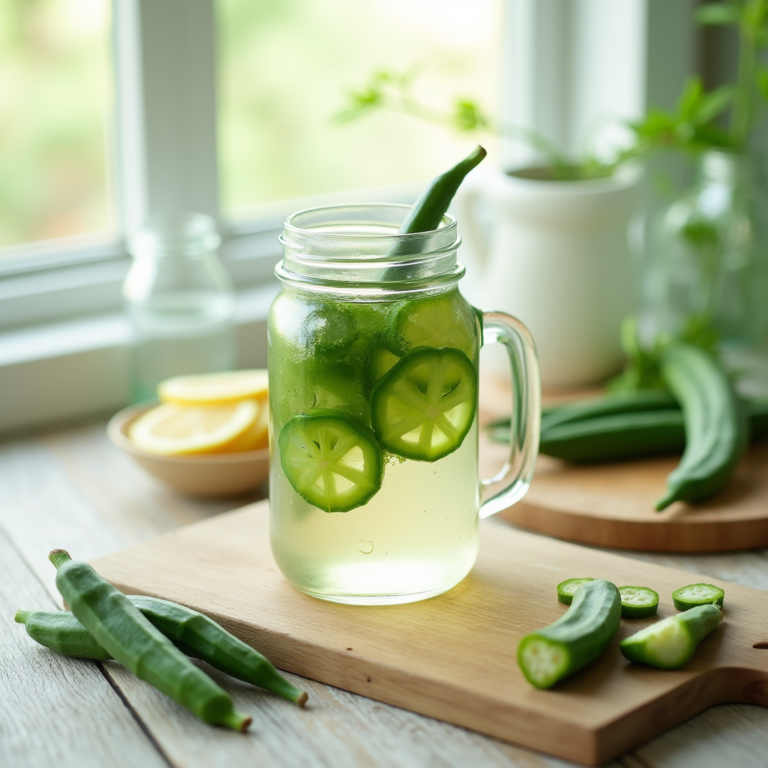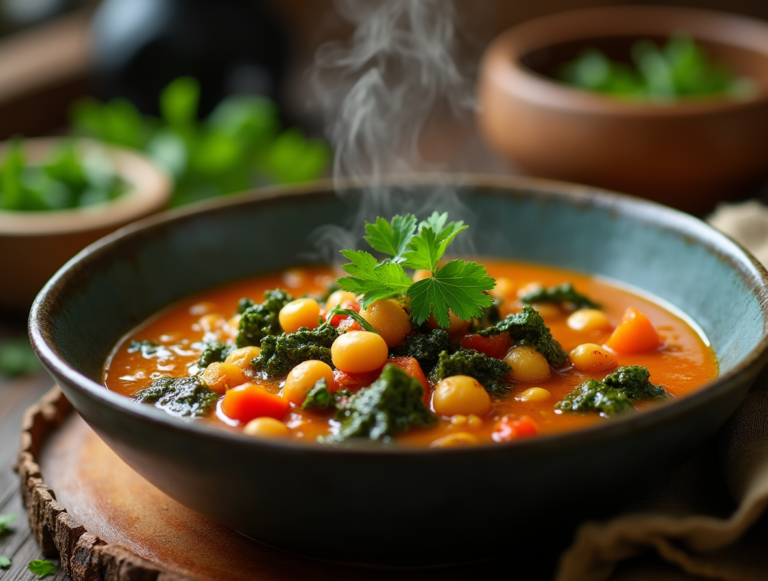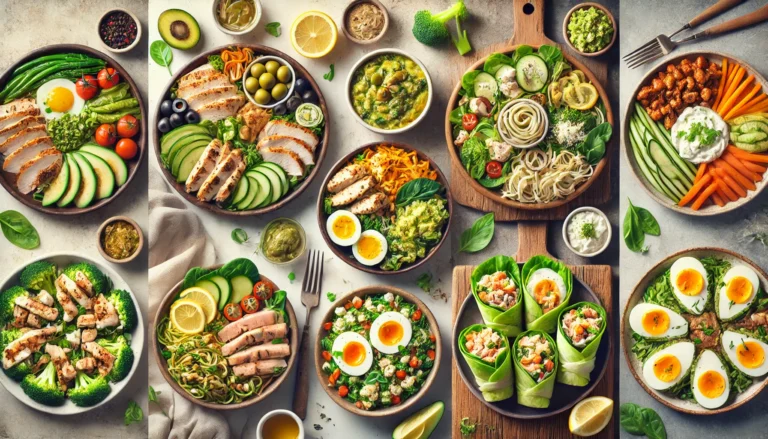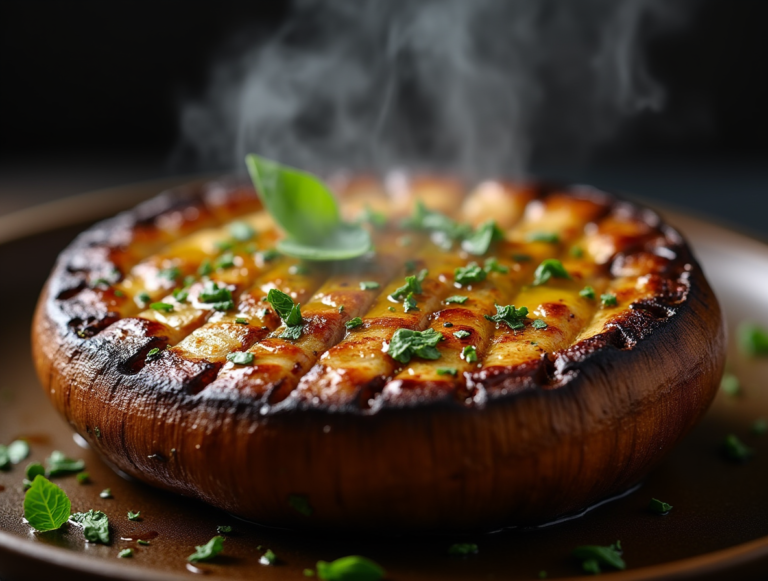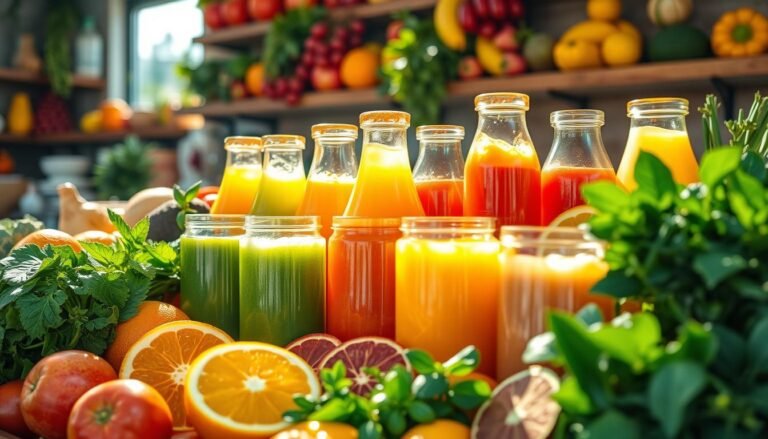Why Plant-Based Recipes Are Your New Kitchen Essential?

Table of Contents
Introduction: What’s Missing From Your Kitchen?
Have you ever wondered why your meals feel repetitive or lack that wow factor? Or maybe you’ve heard about plant-based recipes but thought they were too complicated, boring, or just not for you. Well, here’s the truth: plant-based recipes are more than a trend—they’re a game-changer for your kitchen. They’re quick, healthy, and flavorful, making them perfect for anyone looking to spice up their meals while feeling good about their eating. Whether you’re a seasoned cook or a beginner, this guide will show you how easy it is to make plant-based recipes your new go-to. Ready to transform your cooking? Let’s dive in!
Overview: What Makes Plant-Based Recipes Special?
This plant-based recipe is designed to be your ultimate kitchen essential because it ticks all the boxes:
- Time Requirement: Just 30 minutes from prep to plate! Perfect for busy weeknights or lazy weekends.
- Difficulty Level: Beginner-friendly. No fancy techniques—just simple steps that anyone can follow.
- Health Benefits: Packed with nutrients like fiber, vitamins, and antioxidants to fuel your body.
- Versatility: Customize it to suit your taste buds or dietary needs.
This recipe proves that plant-based eating doesn’t mean sacrificing flavor or fun. It’s proof that healthy food can be delicious, satisfying, and easy to prepare.
Essential Ingredients: The Building Blocks of Flavor

Every great dish starts with the right ingredients. Here’s what you’ll need for this plant-based recipe—and why each one matters:
- Chickpeas (Protein Powerhouse):
- High in protein and fiber, chickpeas keep you full and energized.
- Substitutions: Lentils, black beans, or tofu work well if you’re out of chickpeas.
- Quinoa (Super Grain):
- A complete protein that adds texture and nutrition.
- Substitutions: Brown rice, farro, or bulgur are great alternatives.
- Fresh Veggies (Color & Crunch):
- Bell peppers, zucchini, and spinach bring color, flavor, and nutrients.
- Swap in whatever veggies you have on hand—carrots, broccoli, or kale are excellent choices.
- Olive Oil (Healthy Fat):
- Adds richness and helps your body absorb fat-soluble vitamins.
- Try avocado oil or coconut oil for a different twist.
- Spices & Herbs (Flavor Boosters):
- Cumin, paprika, garlic powder, and fresh cilantro elevate the dish.
- Mix and match spices like turmeric, chili powder, or oregano for variety.
- Lemon Juice (Brightener):
- A splash of lemon juice ties everything together with a burst of freshness.
- Lime juice works as a substitute if you prefer a tangier kick.
These ingredients are pantry staples for a reason—they’re versatile, nutritious, and easy to find. Plus, they form the foundation of countless other plant-based recipes, so stocking up means endless meal possibilities.
Step-by-Step Instructions: Cooking Made Simple
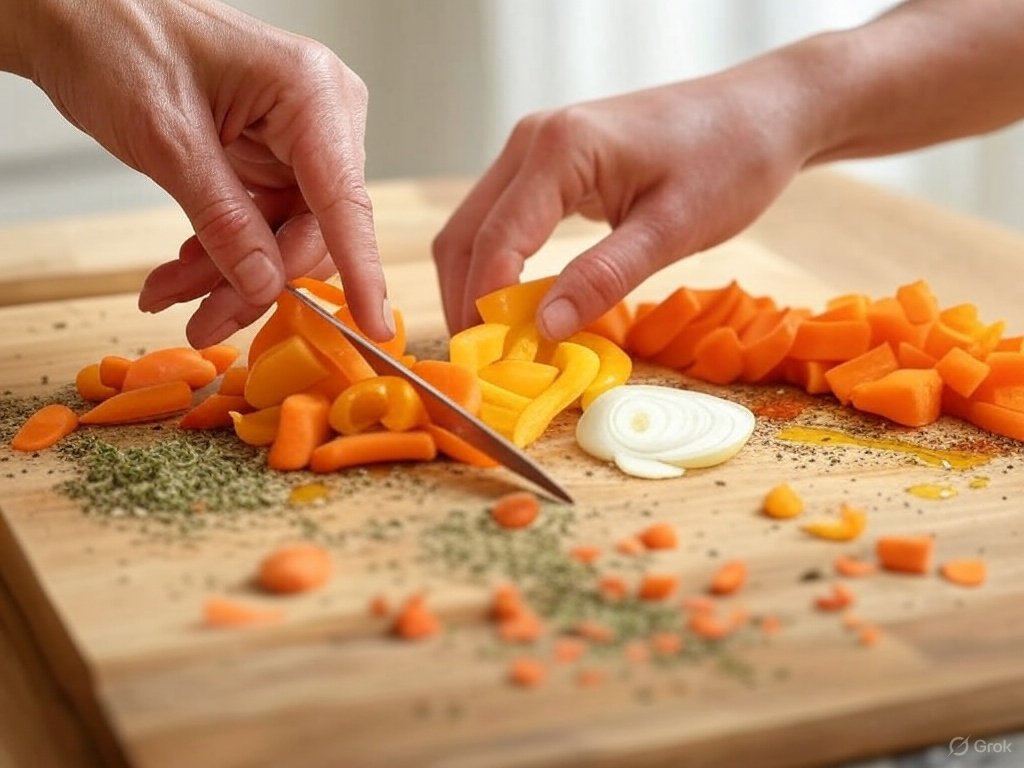
Now that you know what goes into this dish, let’s get cooking! Follow these easy steps to whip up a delicious plant-based meal:
Step 1: Prep Your Ingredients
- Rinse and drain a can of chickpeas (or cook dried ones ahead of time).
- Chop your veggies into bite-sized pieces for even cooking.
- Measure out your spices and herbs for quick access.
Step 2: Cook the Quinoa
- Combine 1 cup of quinoa with 2 cups of water or vegetable broth in a medium pot.
- Bring to a boil, then reduce heat to low, cover, and simmer for 15 minutes until fluffy. Fluff with a fork before serving.
Step 3: Sauté the Veggies
- Heat olive oil in a large skillet over medium heat.
- Add chopped bell peppers, zucchini, and spinach. Sauté for 5-7 minutes until softened. Season with salt, pepper, and your favorite spices.
Step 4: Spice Up the Chickpeas
- In the same skillet, add the chickpeas and toss them with cumin, paprika, and garlic powder. Cook for another 3-5 minutes until fragrant and slightly crispy.
Step 5: Combine Everything
- Once the quinoa and veggies are ready, mix them together in a large bowl. Add the spiced chickpeas and drizzle with lemon juice. Toss gently to combine.
Tips for Success:
- Don’t overcrowd the skillet when sautéing; this ensures veggies stay crisp-tender.
- Taste as you go! Adjust seasoning based on your preferences.
- Use pre-cut veggies to save even more time.
Assembly: How to Build Your Masterpiece
Presentation matters, even with plant-based recipes! Here’s how to assemble your dish for maximum appeal:
- Start with a base of fluffy quinoa.
- Layer on the sautéed veggies and chickpeas.
- Garnish with fresh herbs like cilantro or parsley for a pop of color.
- Add a final squeeze of lemon juice for brightness.
For extra flair, sprinkle toasted nuts or seeds (like almonds or pumpkin seeds) on top. Serve with a side of hummus or tahini dressing for dipping.
Storage and Make-Ahead Tips: Keep It Fresh
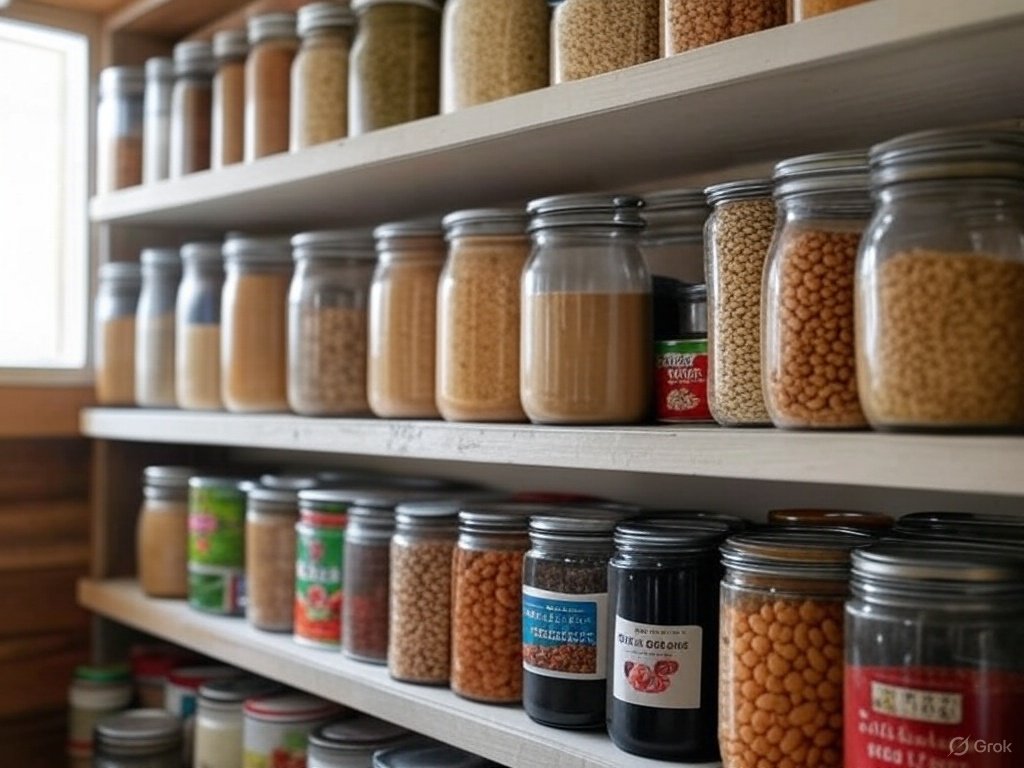
One of the best things about plant-based recipes is how well they store. Here’s how to keep this dish tasting great:
- Refrigeration: Store leftovers in an airtight container for up to 4 days.
- Freezing: Portion out servings and freeze for up to 3 months. Reheat directly from frozen.
- Reheating: Microwave for 1-2 minutes or warm on the stovetop with a splash of water to prevent drying out.
Make-ahead tip: Prepare the quinoa and roast the chickpeas in advance. When you’re ready to eat, simply sauté fresh veggies and assemble.
Recipe Variations: Get Creative!
The beauty of plant-based recipes lies in their flexibility. Here are some ideas to switch things up:
- Mediterranean Twist: Add olives, sun-dried tomatoes, and feta (optional).
- Asian-Inspired Bowl: Swap spices for soy sauce, ginger, and sesame oil. Top with peanuts and green onions.
- Mexican Fiesta: Use black beans instead of chickpeas, add corn, and top with salsa and avocado.
Feel free to experiment with global flavors, seasonal produce, or pantry staples.
Conclusion: Embrace the Plant-Based Lifestyle
Plant-based recipes aren’t just about eating healthier—they’re about discovering new flavors, textures, and ways to enjoy food. With this simple yet versatile recipe, you’ve unlocked the potential to transform your meals and impress yourself (and maybe others!) in the process. So grab those ingredients, fire up the stove, and start experimenting. Who knows? You might just find that plant-based recipes become your new kitchen essential.
Happy cooking—and bon appétit!
FAQs: Your Burning Questions Answered
Q: Are plant-based recipes always vegan?
A: Not necessarily! While most plant-based recipes exclude animal products, some may include honey or dairy. Always check the ingredients if you’re strictly vegan.
Q: Can I still get enough protein from plant-based recipes?
A: Absolutely! Ingredients like chickpeas, quinoa, lentils, and tofu provide plenty of protein to keep you fueled.
Q: How do I make plant-based recipes taste good?
A: The secret is in the spices and sauces. Experiment with bold flavors like cumin, turmeric, or tahini to elevate your dishes.
Q: Is it expensive to cook plant-based meals?
A: Not at all! Staples like beans, grains, and seasonal veggies are budget-friendly. Plus, buying in bulk saves money in the long run.
Q: Can I freeze plant-based recipes?
A: Yes! Most plant-based dishes freeze beautifully. Just portion them out and label for easy reheating later.
There you have it—a comprehensive guide to making plant-based recipes your new kitchen staple. Now go forth and create something amazing!
Source Links
- The Ultimate Guide to Plant-Based Eating
- Why Plant-Based Recipes Are Good for You
- Easy Plant-Based Recipes for Beginners
- Health Benefits of a Plant-Based Diet
- How to Make Plant-Based Meals Exciting
- Top 10 Plant-Based Proteins
- Meal Prep Tips for Plant-Based Recipes
- Plant-Based Cooking Techniques
- Global Flavors in Plant-Based Recipes
- Sustainable Plant-Based Living
